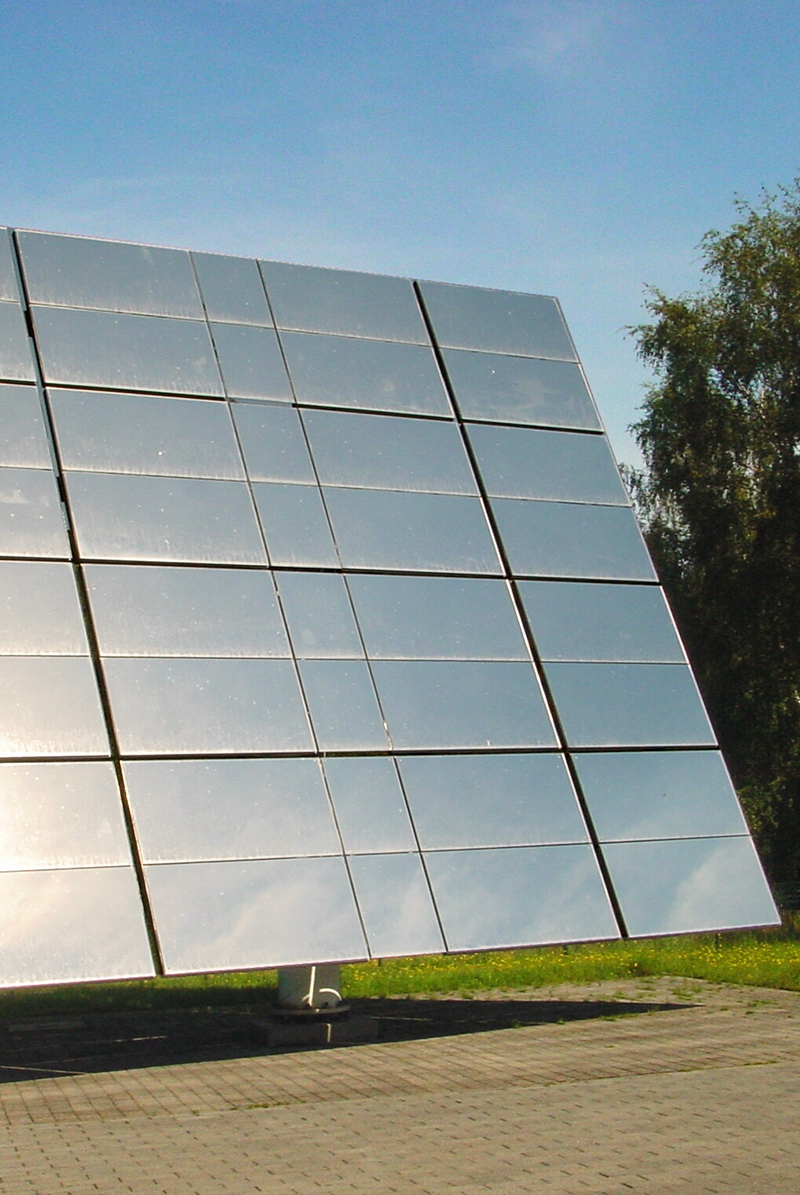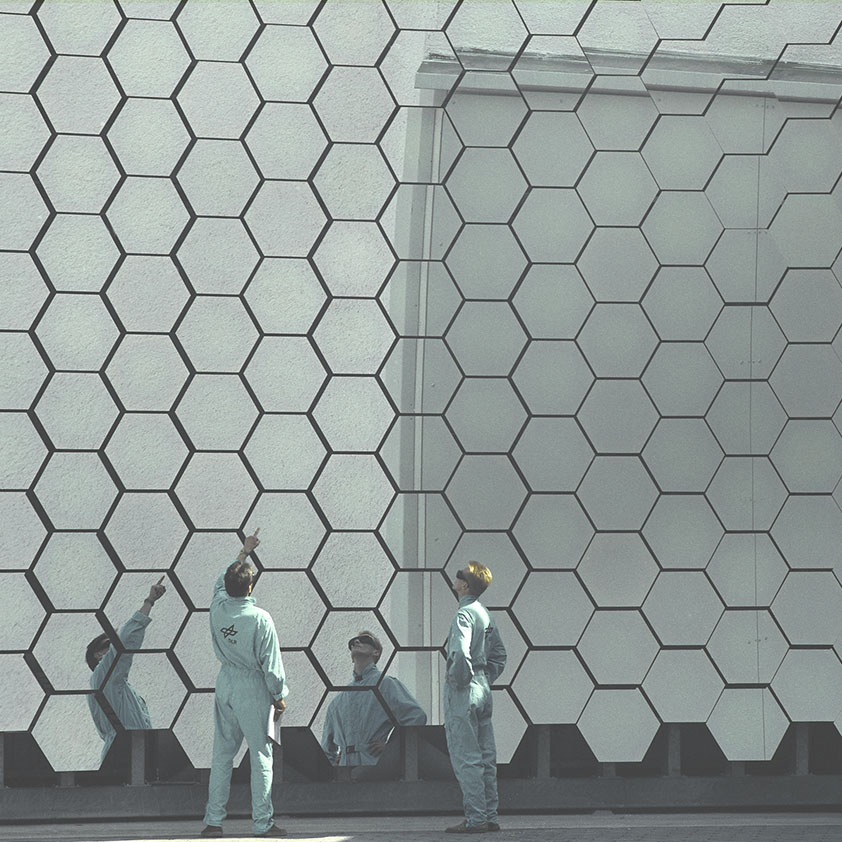Life-Cycle Assessment of Innovative Solar-Based Methane/Carbon Monoxide Production Process
Life-Cycle Assessment of Innovative Solar-Based Methane/Carbon Monoxide Production Process
Giorgio Bonvicini*1, Pasquale Pinto1, Sara Abd Alla1, Andrea Pestarino1,
Kai Risthaus2, Jonathan van den Ham3, Nicole Meulendijks3, Pascal Buskens3
1 RINA Consulting S.p.A. – Via A. Cecchi, 6 – 16129 Genova, Italy
2 Deutsches Zentrum für Luft-und Raumfahrt (German Aerospace Center) – DLR, Institute of Future Fuels, Linder Höhe, 51147 Cologne, Germany
3 TNO Materials Solutions, High Tech Campus 25, 5656 AE Eindhoven, the Netherlands
Abstract
According to the US DoE, solar energy reaching the Earth in one hour (170 PWh) is sufficient to cover the annual world’s energy consumption (160 PWh). To exploit this huge potential thus contributing to global decarbonization targets, a significant contribution could be given by solar fuels in addition to the (possibly solar-powered) electrification of different sectors. Indeed, solar fuels have two main advantages: they are suitable for “hard to abate” sectors difficult to electrify, and they allow the implementation of different storage technologies, increasing flexibility in response to fluctuating energy needs.
The EU co-funded SPOTLIGHT project focuses on solar fuels, and specifically on the development and testing of a photonic device using plasmonic catalysts for the sunlight-powered conversion of carbon dioxide and green hydrogen to the chemical fuel methane (Sabatier process) and to carbon monoxide (reverse water-gas shift) as starting material for production of the chemical fuel methanol or C2+ fuels. The photonic device uses plasmonic catalysts that were shown to have higher yield compared to conventional catalysts making the processes promising.
SPOTLIGHT’s concept is suited for CO2 sources up to 1 million t/year, thus applicable to existing large-scale CCU processes. If implemented at EU-level scale, this technology could produce fuels equivalent to 14.5 EJ of energy per year, corresponding to 21% of current energy uses, and reduce GHG emissions by 800 million tCO2e/year, i.e. 18% of the current annual total.
This paper focuses on the results of the life-cycle assessment carried out within the SPOTLIGHT project to quantify the main environmental impacts associated to the whole value chain. The input and output material/energy flows associated with the demonstrated technology are quantified and the associated environmental impacts determined based on life-cycle inventory data from international databases. The analysis is carried out according to a “cradle-to-gate” approach and is aligned with ISO 14040-44 standards and with ILCD Handbook recommendations.
The calculated indicators include non-renewable energy use, water consumption, greenhouse gas emissions, acidification and eutrophication potential, ozone depletion potential, all calculated for the selected functional unit, i.e. the unit of energy produced in form of solar fuel. A sensitivity analysis is also performed to evaluate changes in environmental impacts associated to technology implementation in different locations in EU in terms of solar radiation availability and baseline energy mix. To conclude, the environmental impacts of solar-based production of methane/methanol are compared with the conventional production pathways for the same fuels, in order to evaluate the achievable benefits.





